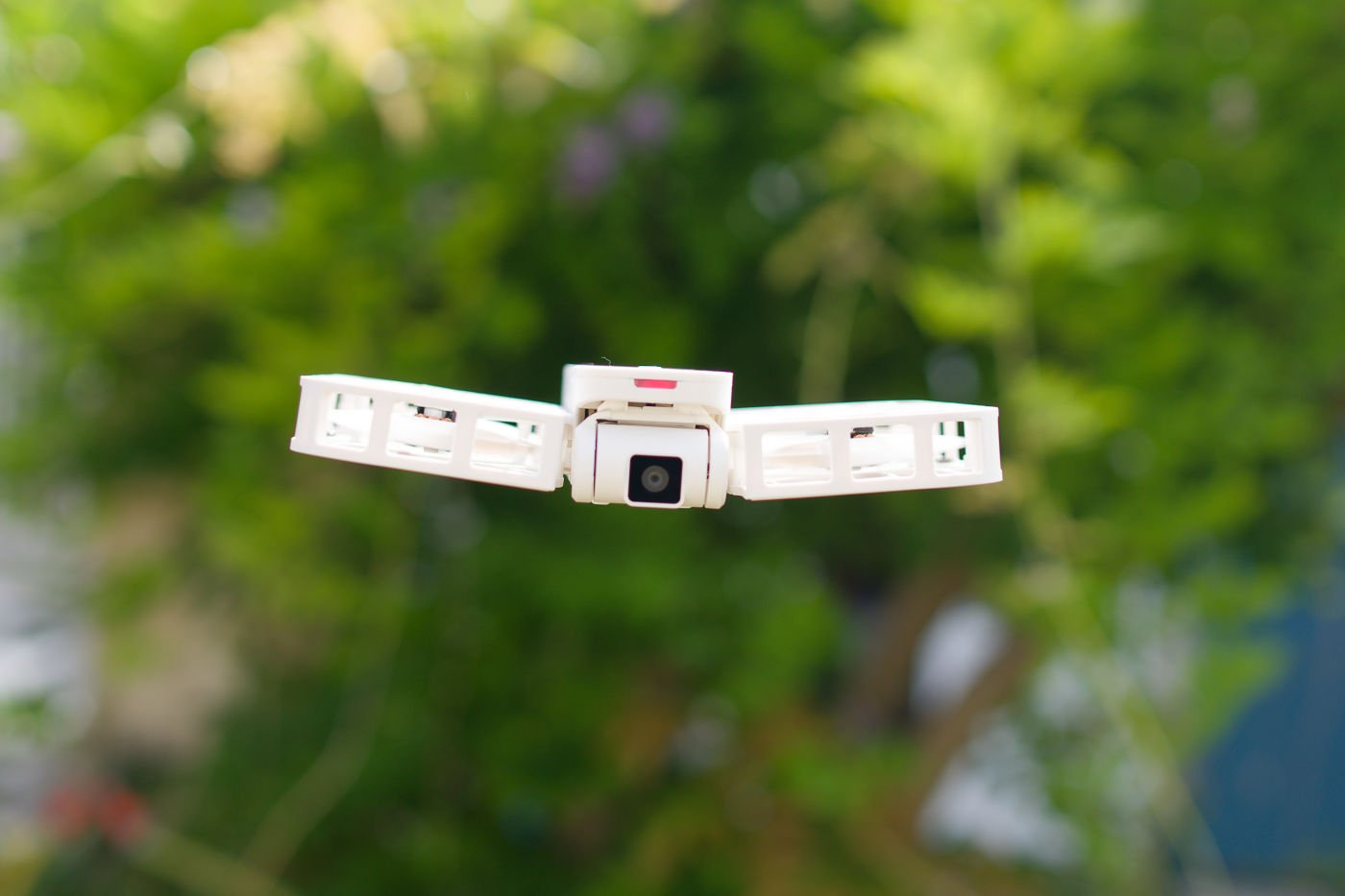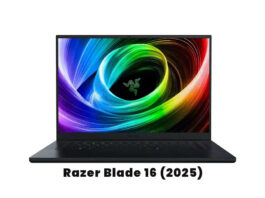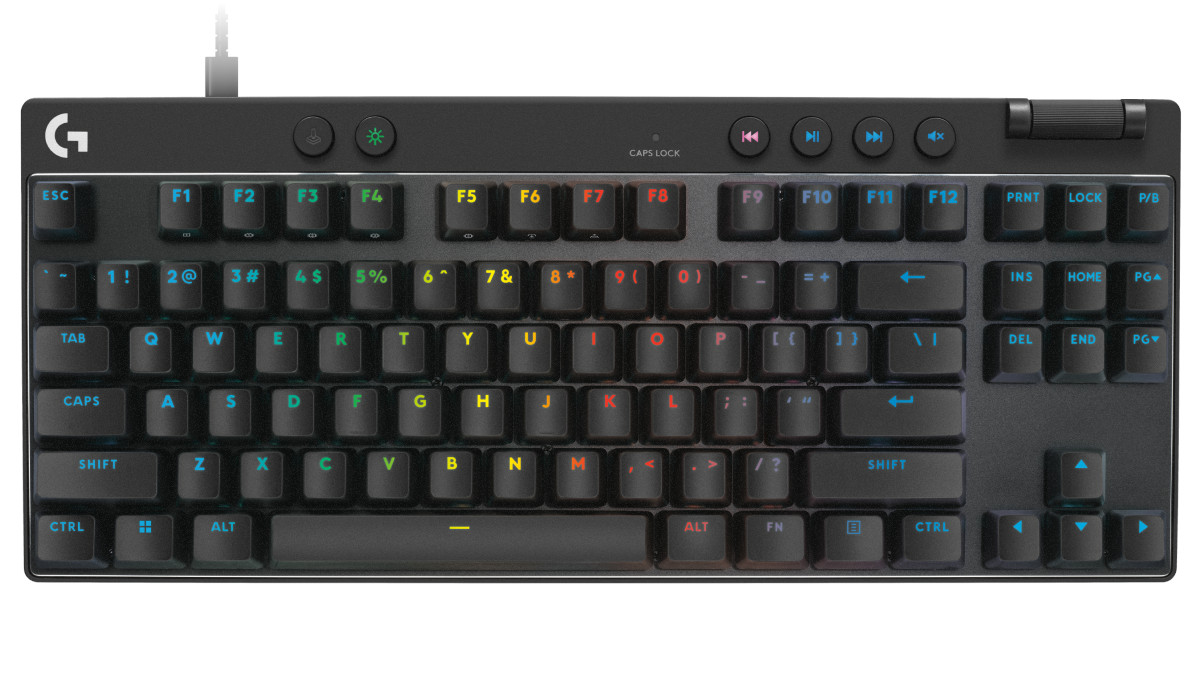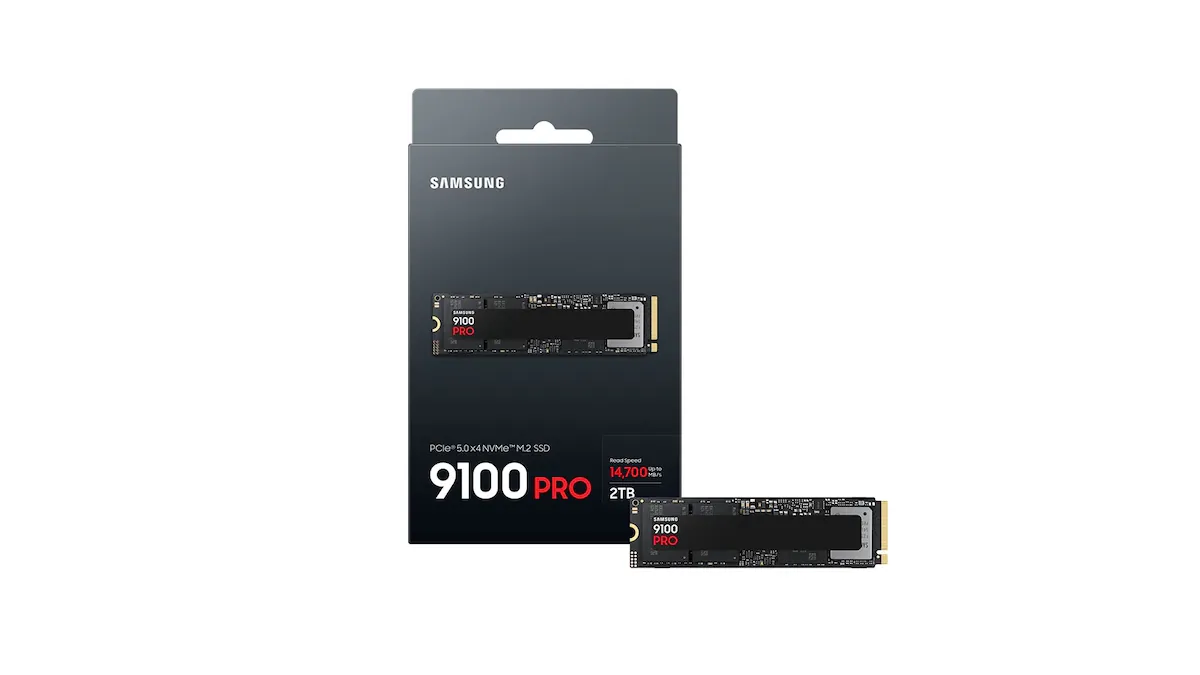The holidays are approaching… and it’s not too soon! Beaches, hikes, or exotic trips are yours. By the way, how do you plan to immortalize these long-awaited getaways? For photos or videos like we do all year?
No, of course not: for exceptional vacations, exceptional memories. Listening only to our sense of duty, we take two weeks off early to find cameras for you like no other. Of the ten products tested, three caught our eye. Are here.
Insta360 Go 3: an all-round featherweight
Insta360 Go 3 takes the concept of Go 2 and takes it a little further. The size of a human thumb, this nano-camera has the luxury of being ultra-light (35 grams, who can say less?)
On the equipment side, it doesn’t have to be ashamed of its bigger competitors. It has a non-removable battery that guarantees up to 45 minutes of autonomy. A small novelty that is important, it comes in three models with 32, 64, or 128 GB of internal storage (not expandable).
Designed to follow its owner in all its adventures, it resists submersion up to 5 meters deep without the need for a waterproofing box.
Can record footage in 2.7k as well as surprisingly good sound quality considering its size. Good point for its magnetic back that allows it to be attached securely to various accessories. Among those provided, we must confess a true affection for the magnetic medallion that allows filming in the first person.
Insta360 also provides an EasyClipa kind of clamp to attach the Go 3 to a hat or backpack, as well as a well-thought-out swivel mount.
The Go 3 comes with the Action Pod, a supercharged version of the Go 2 charging case as it features an adjustable color LCD screen. Thus equipped, the Go 3 sees its autonomy increase to 170 minutes and takes the form of a GoPro-style action camera (thus more bulky). So it loses its IPX8 certification and has to settle for a simple IPX4 (resistance to splashing water and rain).
When the Action Pod is disconnected from the Go 3, it continues to act as a remote control. If necessary, its screen can vaporize what the camera records, even if this is done at the expense of autonomy…
During our tests, we were amazed by the camera’s FlowState stabilization. Even strongly shaken, it offers a fluid sequence. Good point also for a very effective horizon lock.
The transfer of files to the smartphone is done wirelessly for processing by the companion app. You can choose to edit manually or let the AI create clips based on predetermined templates. The result gave us general satisfaction, especially after some manual tweaking of some elements (audio choice, in particular).
Insta360 Go 3 from 430 euros.
Hover Camera X1: and yet it flies!
As its name suggests, the Hover Camera X1 is a… camera. But what it doesn’t say is that she flies. It differs from a traditional drone in some essential aspects. And first of all, due to its size and weight (12.7 x 14.5 x 3.1 cm for 125 g).
The device has the good taste to fold up to take up even less space when not in use (12.7 x 8.6 x 31mm). A fairing effectively protects the four propellers to avoid any problem in the event of a collision with an obstacle.
The use of the camera is very simple. Once deployed, simply turn it on and choose the firing mode using the select button.
Then place it in the palm of your hand, with the camera facing you, then press the takeoff key. A synthetic voice confirms the order and the device floats a few dozen centimeters from the hand. To land it, place your hand about eight inches below the device and it will land there. magical!
Hover X1 has five automatic shooting modes: hover (stays in place and rotates only so the subject stays in the frame), zoom out (goes back and up while centering the subject), orbit (rotates around the person), subject tracking and finally top view (portrait) or spiral ascent centered on the subject).
Even if it’s not essential to use, the companion app proves to be invaluable. It allows you to update the internal software of the camera, recover photos and videos to edit them and, above all, configure the shooting modes (choice of distance and angle for orbit mode, for example).

It also allows the configuration of shooting modes or the control of the camera like a conventional drone. To do this we used the touch interface or a Bluetooth controller (which we didn’t get a chance to do). Small criticism anyway: it is not translated into French.
Still and moving images are produced by a 3-axis stabilized camera in Full HD 30fps (HDR), Full HD 60fps, or 2704×1520 at 30fps. The result is quite convincing both in broad daylight and indoors. The rechargeable battery offers a maximum of thirty minutes of autonomy. Finally, the images are stored in 32 GB of internal memory (26 GB available).
The Hover X1 is fun and efficient, especially for those who love selfies or landscapes. Even if it’s perfectly safe, we’ll check that local regulations allow it to be used in a public place.
Finally, we will take into account that it does not have obstacle detectors and that therefore it can quickly crash into a wall or any obstacle that is in its way. Although it should survive (just like the obstacle if it’s alive), it’s not unbreakable…
Insta360 One X3: a film crew in your pocket
The Insta360 One X3 is a 360° camera. But making spherical images is not your goal. It exploits its two targets in an original way, to say the least. Judge instead.
By filming everything around you, the One X3 eliminates the notion of framing when shooting. This is done after the fact, thanks to the companion application installed on your smartphone.
Simply point the AI to the central subject and it will “cut out” a rectangle of the image around it while following it. And while you’re there, why not apply stabilization to the result, change the point of view, or even extract two clips that deal with different topics?
This is exactly what the little ones at Insta360 have come up with, with the bonus of a host of awesome possibilities. Examples include character or object removal, video looping, time-lapse, third-person visuals, horizon lock, etc.
Even better: you can simulate an aerial shot like a drone by attaching the One X3 to the end of a telescopic pole that can reach 3 meters (a few tens of euros on the Net). And because the software is well designed, the pole disappears from the final image.
The One X3 has the luxury of being easy to use thanks to touch menus and meeting the IPX8 waterproofing standard, allowing you to dive up to 10 meters deep without using a housing.
To say we had fun with the One X3 is an understatement. The camera allows us to produce such sophisticated sequences that we have the impression of having a Hollywood team in the bottom of your pocket! The AI selects the most interesting scenes for you and edits them automatically thanks to its built-in models. Of course, nothing prevents you from retouching them or doing everything manually.
On the hardware side, the One X3 knows to shoot up to 5.7K at 30fps, is HDR compatible, and can capture 72 MP still images. Storage is done on a micro SD card that we will preferably choose from those recommended by Insta360.
The removable battery gives you up to 80 minutes of runtime (expect 45 minutes IRL instead). A 6-axis gyroscope helps the AI to stabilize the image, which has absolutely nothing to envy the tenors on the market.
With four microphones recording everything that happens, the audio produced is very satisfying. We can use it as is, or add a complementary soundtrack according to our wishes.
Insta360 One RS 1″ Edition: the same, but better!
A little heavier and bulkier than the One X3, the One RS 1″ edition has the main advantage of having two very high-end video modules. To design them, Insta360 is associated with Leicadefinitely more and more present in the consumer market.
Each of the modules carries a 1″ sensor (found in expert compacts or very high-end smartphones) as well as a 6.52mm Leica Super Summicron-A lens (24×36 equivalent). mm) that opens to f/2.2. The images produced with the One RS 1” are magnificent, especially when the light falls.
During our tests, we were able to capture beautiful footage at dusk. The maximum definition goes up to 6144 x 3072 pixels at 25 fps. Storage is on a micro SD card and the battery is removable. This officially provides up to 62 minutes of 6K video recording. In practice, it’s hard to get past 45 minutes before needing to change the battery.
Discover more from NewForTech
Subscribe to get the latest posts sent to your email.











